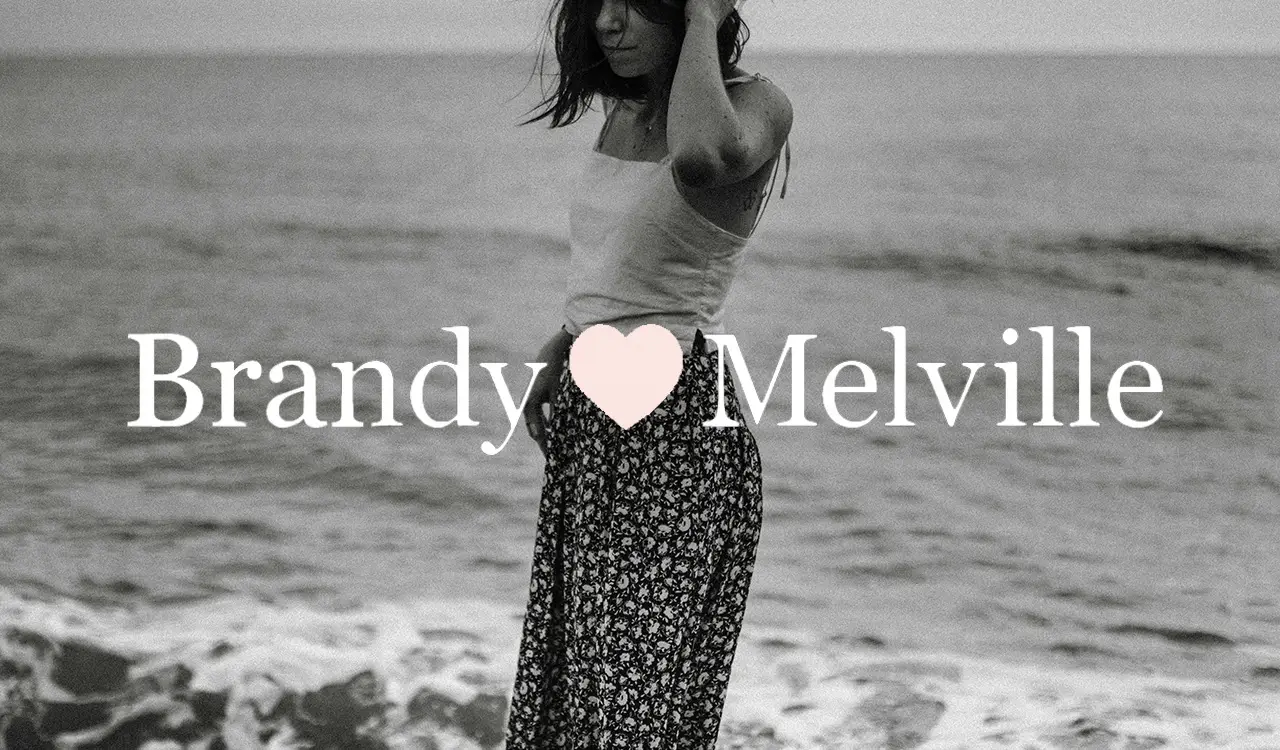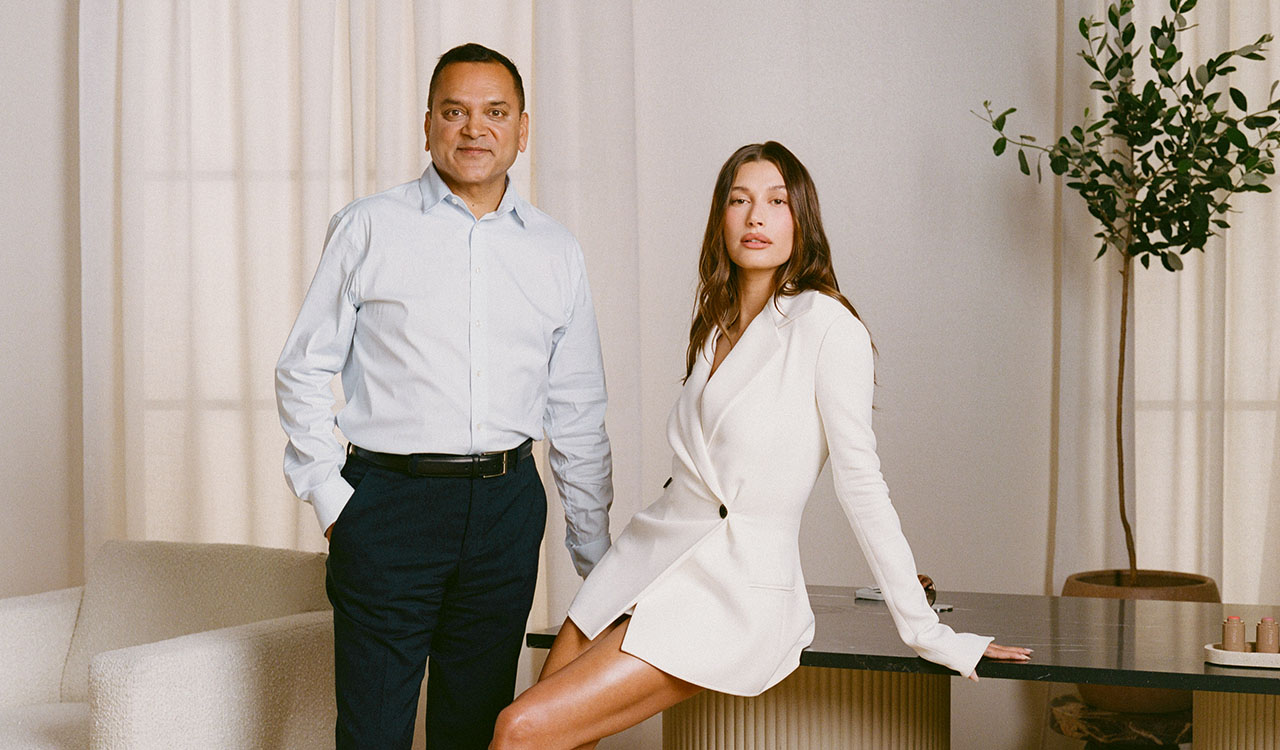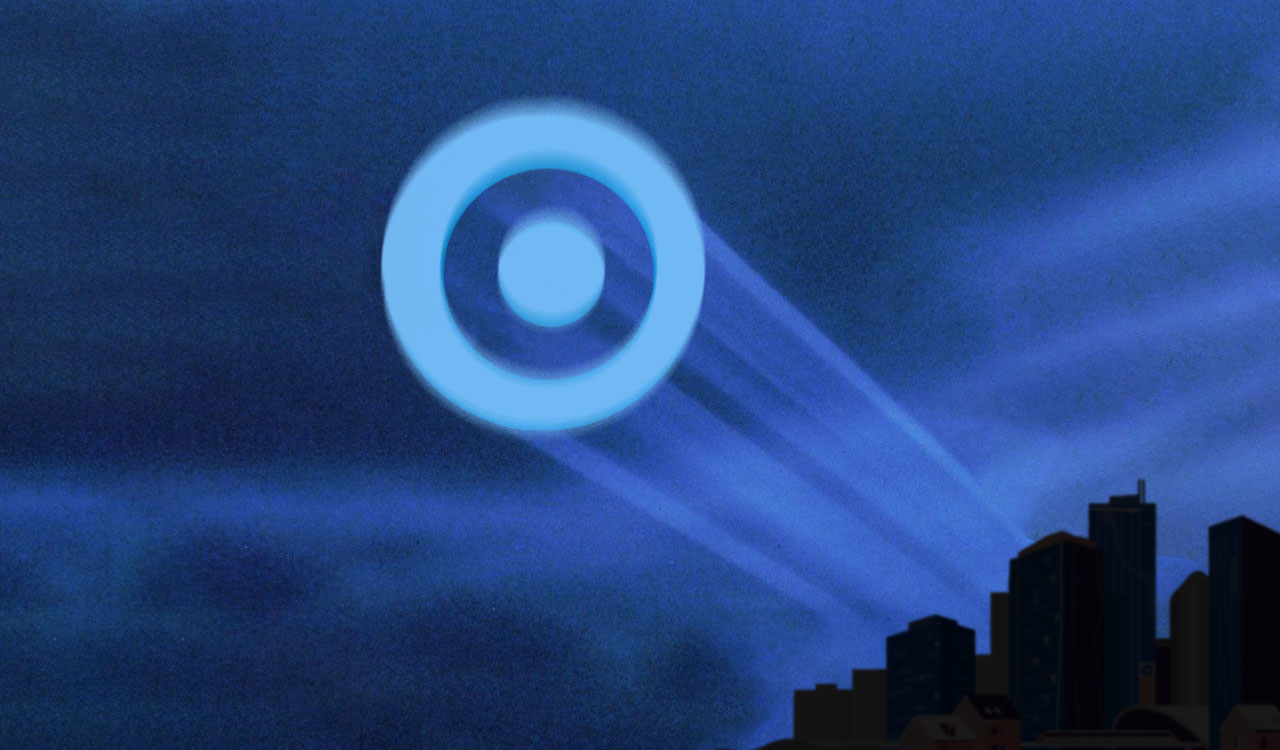HBO recently aired a documentary based on the Insider exposé by Kate Taylor titled “Brandy Hellville & The Cult of Fast Fashion.” It chronicles the toxic culture being spread around the world by one of the hottest of the hot teen apparel brands, Brandy Melville. It’s clever wordplay as a film title considering recent reports that the brand’s toxicity resembles a hellville or an “evil” cult teen brand. The film is stitched together with Taylor’s narrative and many TikTok and Instagram moments with customers and former employees, many shielded from facial recognition.
Marsan is an echo, whether intended or not, for Brandy Melville. He also defined the brand as solely for young, thin, pretty, rich, and white. Adding “white” to the brand’s DNA is pure toxic bias. As a former Black stockroom employee said, “If you’re white you’re in sight.”
Toxic Culture from the Top
Let’s start with its elusive founder, owner, and CEO Stephan Marsan. He micro-manages his staff and store employees in about 100 locations worldwide, including roughly 45 in the U.S. First launched in Italy in the 90s, he opened the first U.S. location in Westwood California in 2009. At the time, there were 40 stores in Italy, (many have since closed).
Marsan is laser-focused on the Gen Z set: tiny tops, miniskirts, and a controversial “one size fits all” tagline. That would be size 4. A former employee who worked at stores in New York and California, starting in 2013, said, “There was a day when Stephan told us, ‘Take everything but the three smallest sizes off the floor.’ From that moment on, we did not carry anything above a size 4.” After backlash from customers, the line was changed to “one size fits most.” That’s still size 4.
The brand is named after two fictional characters — Brandy, an American girl, and Melville, an Englishman — who fell in love in Rome. Romanic narratives aside, Marsan must have been aware of the outlandish success of A&F at the time under the defining leadership of founder Michael Jeffries who created the brand’s DNA. Jeffries was publicly transparent about the only consumer target for the A&F brand he would serve. He defined them as young, cool, and sexy. In fact, he would not carry plus sizes in his assortments. He was cavalier in stating that he would rather not have any customers in his stores if they were not young, cool, and sexy. The A&F stores and catalogs were all imaged as inclusive of only this cohort and that bias carried over to the sales associates and models, all selected for being young, cool, and sexy. American Apparel was another sexist brand with CEO Dov Charney leading the charge with his own elitist, racist ethos. Not exactly inspirational CEO leadership models.
Déjà Vu
Marsan is an echo from the past, whether he intends it or not for Brandy Melville. He also defined the brand as solely for young, thin, pretty, rich, and white girls. Adding “white” to the brand’s DNA is pure toxic bias. As a former Black stockroom employee said, “If you’re white you’re in sight.”
Marsan’s bias is deeply personal and entrenched, forcing his managers, store owners and sales staff to align with his bubble universe of pretty, white, rich teenage girls. He is a Svengali and there is also an undercurrent of fascism in Brandy’s internal thread of communications with shocking images, Nazi references, and immature high school boy humor. He is also a professed libertarian and reported to avoid paying taxes at all costs. He even peppered his stores with Ayn Rand novels and created John Galt branding. That seems off-point for selling tiny clothes to tiny teenagers.
According to ex-store owner Franco Sorgi quoted in Insider, “For Marsan, political correctness is blasphemy. The CEO broadcasts his prejudices to executives, calling Black people primitive and claiming that women only create problems. To secure their spot in the world of Brandy Melville, employees at all levels said they had to endure — and often enforce — Marsan’s beliefs.”
One could speculate that this kind of discrimination led to A&F’s ultimate demise under the enormous national pressure of consumers turning against the brand’s exclusionary practice. A&F was saved, transformed, and is now thriving under the new leadership of CEO, Fran Horowitz.
It Gets Worse
According to the article, “Every day, girls who work at the Brandy fast-fashion stores are required to send a full-body photo to executives. Some are as young as 14. If Marsan thinks a girl is too heavy or unattractive, he demands that she be fired on the spot,” according to Luca Rotondo, a former senior vice president. “If Marsan decides a Brandy Melville store has too many Black employees, he has them replaced with white women,” Rotondo said. During Rotondo’s nearly nine years at the company, Marsan instructed him to fire hundreds of employees, Rotondo said. “If she was Black, if she was fat … he didn’t want them in the store,” Rotondo told Insider.
In September 2019, Marsan received a photo of a manager in Newport Beach with dark hair wearing chain necklaces. Marsan texted Rotondo, writing in his native Italian that the store was “only hiring pieces of s..t. They’re going to destroy the store,” Marsan wrote in a text message viewed by Insider. “Marsan demanded the manager be kicked out.”
Former employees are speaking out and saying the imperative to be Brandy style was so arch that many ended up with eating disorders and anxiety about fitting into the clothes. They said it was too much pressure to be perfect. And more egregious, Marsan used the style setting sales staff as unknowing product developers. If he liked what he saw in the daily photos sent in from around the world, he knocked off what they were wearing, did short runs and tested the styles before rolling them out at scale. He even paid teenagers to shop at his stores to see what they chose, then focused on manufacturing those styles. He brought selected teenagers to his factories on travel junkets to cruise the new lines to see what they chose. He then produced those in quantities for other customers. It is a cheap workaround for product development on the backs of teen Brandy girls.
And yet, High School Girls Line up to Get In
Unbelievably, many teenage girls aspire to be like the models on Brandy Melville’s carefully crafted Instagram. They not only show up early in the morning and in freezing weather to rush into the store opening, but they have also made Brandy Melville the go-to brand for high-school girls who spend hours on TikTok and worship some parallel universe of looking great. And in a direct quote from a 17-year-old fashionista who lives in Hawaii (the niece of one of TRR’s team members), “I don’t agree with the brand’s ideals (sizing, equity) and they have a really bad reputation, but my friends and I still shop there.” Next-gen pragmatism at its best.
We’ve Been to this Rodeo Before
While Marsan has made a fortune selling fast fashion to teenage girls, interviews by Insider with more than 30 current and former employees from eight cities suggest a business largely built on the exploitation of young women and discrimination against anyone who fails to meet Marsan’s white, blonde, and skinny ideal.
Mina Marlena, a former employee, said “If I could say anything to the owners, I would say: You had such an amazing opportunity to be a safe, inclusive space for young women, and instead you took advantage of them.” Another current employee at a Massachusetts store said, “People don’t realize how corrupt this company is. It’s a disgusting company, and the company needs to be shut down.”
Hey, tell us how you really feel.
But for now, the Brand Remains Hot
According to Global Data’s Neil Saunders, annual sales totaled $212.5 million in 2023, up from $169.6 million in 2019. Abercrombie under CEO Fran Horowitz, had $4.3 billion in sales last year.
Most of the clothes that Brandy Melville sells including $18 tank tops and $32 sweatpants, generally cost less than rivals. The limited sizing is a competitive advantage. “It’s much more cost-effective,” Saunders said. “Smaller sizes require less material. You don’t have to distribute the right sizes to stores, you don’t sell out of larger sizes and have smaller sizes left over. It makes for a relatively simple business.”
Back to HBO
Basta on this sordid racist tale. But there’s another angle that’s just as toxic, for the planet. The two-plus hour documentary has a leitmotif throughout the unfolding story of Brandy Melville. The phenomenal level of discarded clothing from fast fashion is stockpiled eight feet deep along Accra, Ghana’s shoreline. The images of mounds of discarded clothing are horrifying with labels from Dolce Gabbana to Disney. The microfiber count in the local waters is unacceptable.
Ayesha Barenblat, CEO of Remake is quoted, “Fashion is built on a racist, colonial structure and on the backs of women—mostly of color—in the factories. The way the industry gets away with abusive situations is by dehumanizing the workforce.”
The documentary also reveals the dirty little secret about “Made in Italy” apparel labeling. Most of the garments are made in Prato, Italy, yet the quality of the goods is subpar. Clothes are often delivered in a semi-deteriorating state. Brandy Melville is marketed as an elitist luxury Italian brand, but in reality, the garments last little more than several wearings before they are tossed out and reappear in Ghana.
The documentary ends with a coda: Think of fashion as a reusable service not a disposable product.” Any way you look at it, Brandy Melville, is a poster child for the ambiguity we face in the fashion industry. Its toxicity is overlooked by many loyal teen customers and its bad behavior (although taken to task in lawsuits) still remains. Brandy Melville is one of the most appalling brands out there making hundreds of millions of dollars a year.
Thank you, Brandy Hellville.




